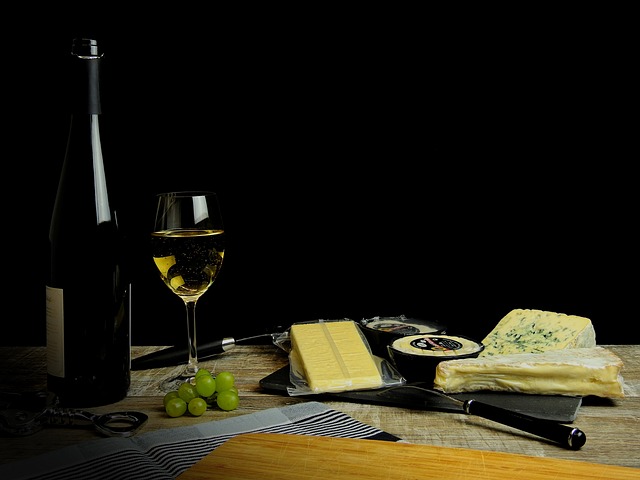Wine pairing is an art that transcends the realms of gastronomy, transforming a meal into an exquisite sensory experience. As a centuries-old practice, the art of pairing wine with food has evolved into a sophisticated and nuanced endeavor. This article delves into the basic principles of wine pairing, demystifying the process and empowering enthusiasts to elevate their culinary adventures.
Understanding the Basics
Balance is Key
At the heart of successful wine pairing lies the concept of balance. The flavours of the wine should complement, rather than overpower, the flavours of the food, and vice versa. A delicate white wine might be overwhelmed by the bold flavours of a spicy curry, while a robust red wine might clash with a light seafood dish.
Intensity Matters
Matching the intensity of the wine with the intensity of the dish is crucial. Light-bodied wines, such as Pinot Noir or Sauvignon Blanc, work well with lighter fare like salads and seafood. On the other hand, fuller-bodied wines like Cabernet Sauvignon or Chardonnay are better suited for heartier dishes like steak or creamy pasta.
The Role of Tannins
Consider Tannins
Tannins, compounds found in grape skins, seeds, and stems, contribute to a wine’s structure and mouthfeel. When pairing wine with food, especially reds with noticeable tannins, consider the protein content of the dish. Tannins can interact with proteins, softening their astringency. This is why a tannic red wine, like a bold Cabernet Sauvignon, complements the richness of a well-marbled steak, with the tannins balancing the fats.
Understanding Acidity
Acidity Harmony
Acidity is a fundamental element in both wine and food. High-acid wines, such as Sauvignon Blanc or Chablis, can cut through the richness of fatty foods, providing a refreshing contrast. Pairing acidic wines with dishes featuring citrus-based sauces or vinaigrettes creates a harmonious balance, enhancing the overall dining experience.
Sweet and Spicy Pairings
Sweetness in wine can counterbalance the heat in spicy dishes. A slightly sweet Riesling can complement the spiciness of Thai or Indian cuisine, creating a delightful interplay of flavours. However, it’s crucial to ensure that the sweetness level of the wine matches the intensity of the spice to avoid an imbalance.
Matching Flavors and Aromas
Complementing Flavours
Pairing wines that share similar flavour profiles with the dish can enhance both the wine and the food. For example, a buttery Chardonnay can beautifully complement the creamy texture of a lobster bisque, creating a symphony of complementary flavours.
Contrasting Aromas
On the other hand, contrasting flavours can also be exciting. A crisp, citrusy Sauvignon Blanc can provide a refreshing contrast to the earthy flavours of a mushroom risotto. Experimenting with contrasting aromas can lead to unexpected, yet delightful, combinations.
Regional Pairing Traditions
Respecting Regional Traditions
Wine and food have deep ties to the regions from which they originate. Consider exploring classic pairings from wine-producing regions. For instance, Italian Chianti is a natural match for tomato-based pasta dishes, while Spanish Rioja complements the savoury flavours of paella. Embracing these regional traditions can offer insight into time-tested pairings.
Individual Preferences and Creativity
Trust Your Palate
While principles provide guidance, personal preferences should not be overlooked. Everyone’s palate is unique, and experimenting with different pairings allows for the discovery of personal preferences. Trusting your palate and enjoying the process of exploration adds a layer of personalization to the art of wine pairing.
Creativity in Pairing
The world of wine pairing is not bound by strict rules. Embrace creativity and be open to unconventional pairings. Sometimes, the most memorable combinations arise from unexpected matches. Don’t hesitate to break free from traditional norms and explore the vast landscape of flavours available.
In the intricate dance between wine and food, the basic principles of wine pairing serve as a guiding light, allowing enthusiasts to navigate the diverse and rich world of flavours. By understanding the balance, intensity, tannins, acidity, sweetness, and the interplay of flavours and aromas, individuals can embark on a journey of culinary discovery. Whether following regional traditions or forging new paths of creativity, the art of wine pairing is a delightful exploration of the senses that enhances the enjoyment of both food and wine. Cheers to the endless possibilities that await those who embrace the beauty of wine pairing!

